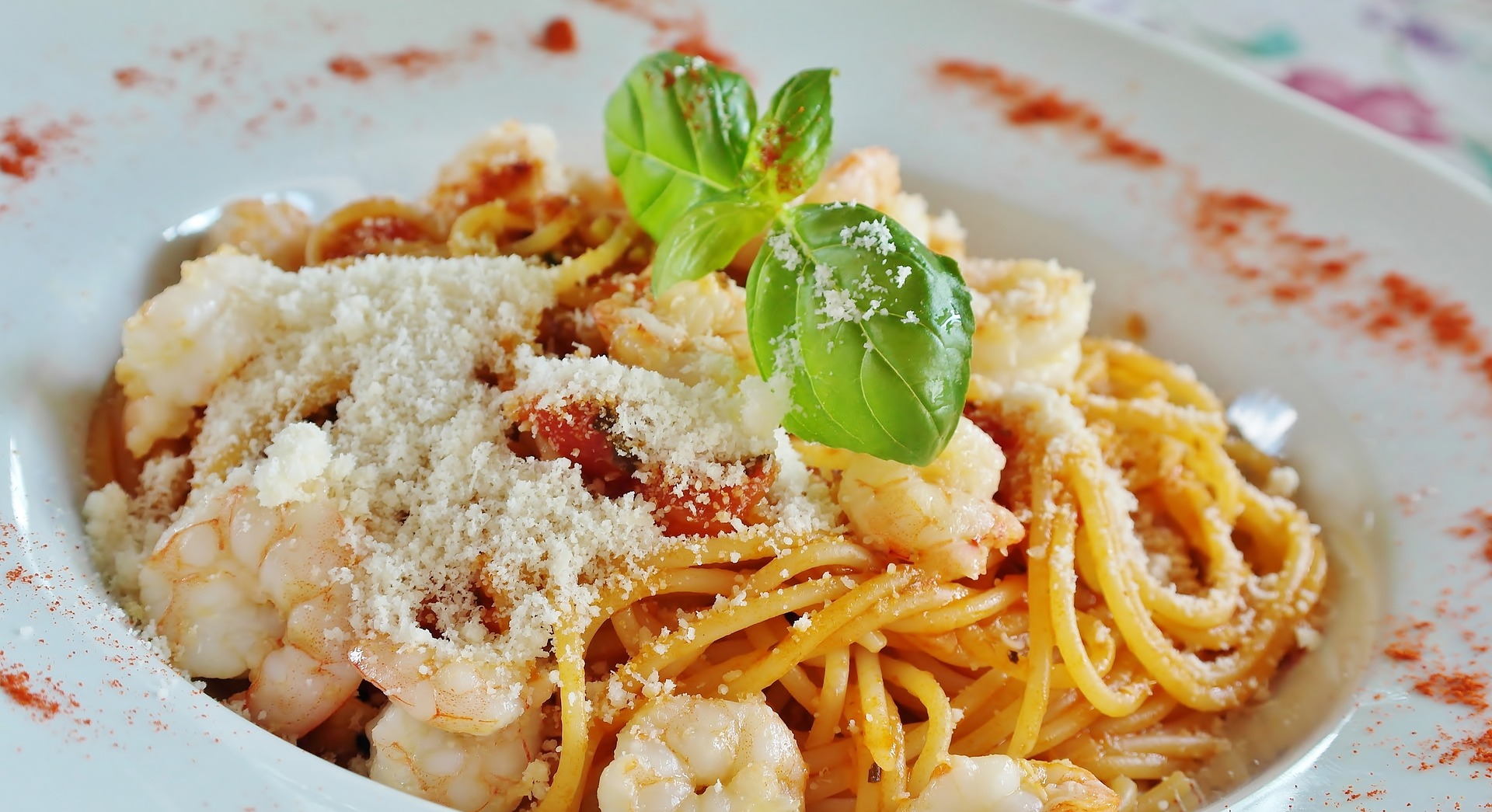Pasta is blood glucose kryptonite

The other day the bear had a large bowl of spaghetti bolognese for dinner and I pestered him into testing his blood glucose before and after the meal. Most of the time I let him carb binge in peace – one of the perks of not having diabetes – but from time to time we turn dinner into a scientific inquiry. The question we ask ourselves is: What kind of blood glucose spikes are normal in non-diabetics after meals? The answer is that it entirely depends on how many carbohydrates the meal contains.
When the bear eats a reasonable amount of carbs (less than 70g) his blood sugar always stays below the recommended levels of 7.8 mmol/l (140 mg/dl). On most days it’s a lot lower than that. It is what you’d expect in a non-diabetic with fasting blood glucose of around 5 mmol/l (90 mg/dl).
However, when he eats more than this his blood sugar spikes. I once tracked a Burger King meal with 150g of carbohydrates that left the bear with a blood glucose of 10 mmol/l (180 mg/dl) at the one-hour mark. Beer is also notorious for triggering an initial spike before the insulin response catches up. Another food that many of us enjoy every morning is breakfast cereal. A study from Stanford University fitted 30 healthy individuals with continuous glucose monitors and recorded that 80 percent of participants spiked after a bowl of cornflakes and milk.
So, what about pasta? The bear ate a proper-sized bowl, but I wouldn’t say it was any larger than your typical restaurant meal. I estimated the carbohydrates at around 110g, and at the one-hour mark, the blood glucose spiked to 8.5 mmol/l (153 mg/dl). After two hours, it fell back to safe levels at 6.5 mmol/l (117 mg/dl).
You can make of that what you will. I would say that even if you’re not diabetic, it’s worth keeping an eye on those carbohydrates. Many of us eat high-carb foods for most of our meals, starting the day with a bowl of cereal and pizza or pasta for dinner. Occasionally spiking your blood sugar won’t do you any harm – we’re resilient like that – but if you eat a lot of carbohydrates with every meal your body has to produce more insulin. Elevated insulin levels over time lead to insulin resistance which is one of the markers of type 2 diabetes.
There’s no reason not to enjoy a bowl of pasta, but it’s worth keeping in mind that high-carb foods elevate blood sugar and increase insulin production. Roughly one in ten Americans are now diabetic, and 90-95 percent of them have type 2 diabetes.